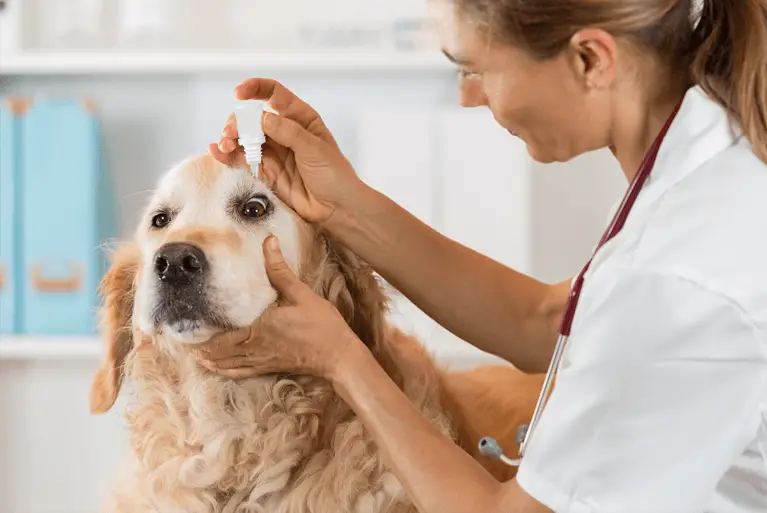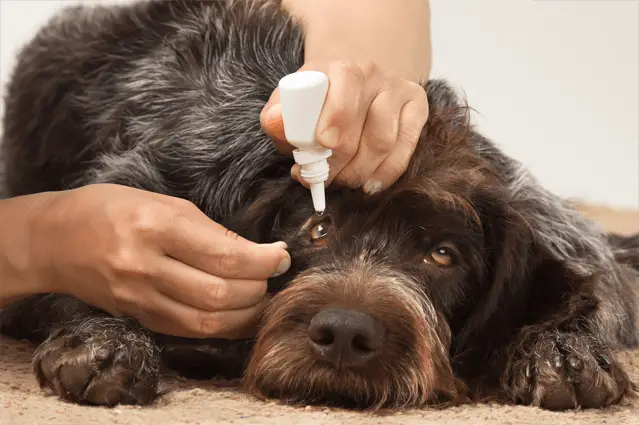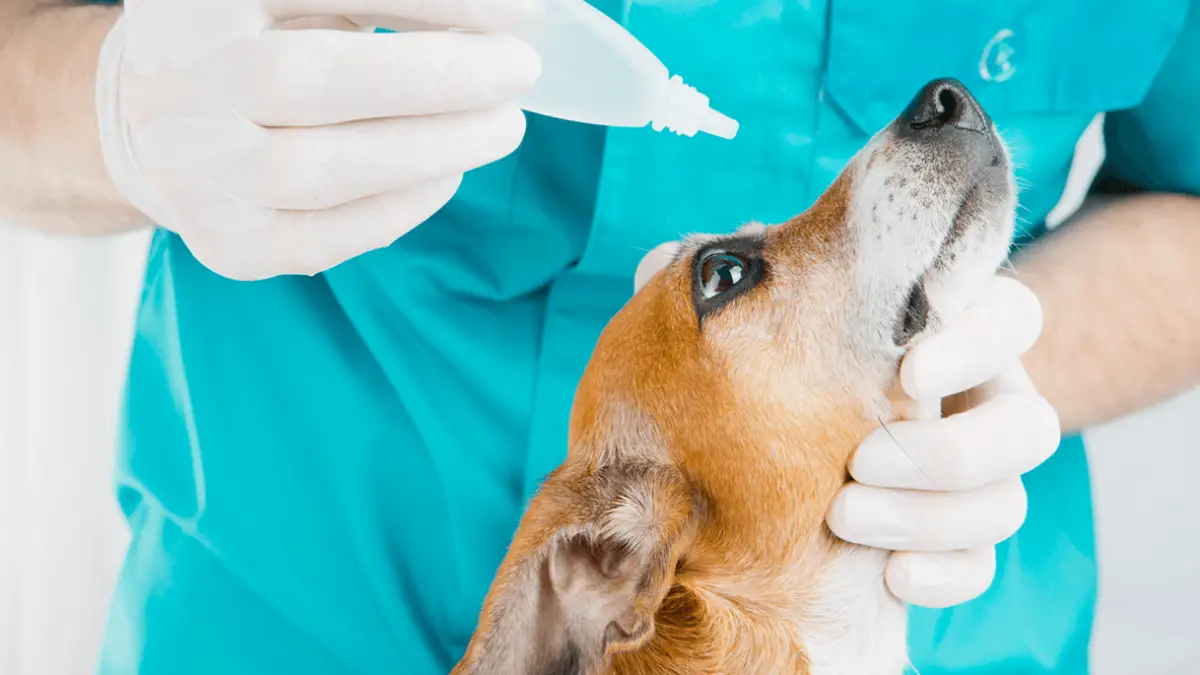Conjunctivitis In Dogs: Causes, Symptoms & Treatment
12.01.2021.
Eye problems are fairly common among dogs, and usually, these problems are easily treatable. Conjunctivitis is one of these dog problems. It is our duty as dog owners to keep our dogs in the best possible health, and sometimes, there is nothing we can do to prevent health issues from developing. The Best thing to do is learn as much as possible and help our dog fight the problem.
Dealing with a dog’s eye problems can be a bit yucky because they are mostly manifested by different discharges, which most of us find repelling. Conjunctivitis is precisely that, and eye discharge is one of the first signs. This health problem is also known as “pink eye.”
Being a dog owner, you should know a thing or two about the pink eye, how to spot it, and what to do about it. Here are some of the crucial things that will help you keep your dog’s eyes safe and healthy.
What is conjunctivitis?
Conjunctivitis is the term doctors, and scientists gave to the inflammation of the conjunctiva tissue. There are two types of this condition - infectious and non-infectious conjunctivitis or pink eye.

Infectious pink eye
The infectious type of conjunctivitis is fairly rare. It is caused by a viral or bacterial infection and doesn’t affect dogs that often. It is more likely that a dog might be affected by the non-infectious type.
Non-infectious pink eye
The non-infectious type is a lot more common. It has a long list of possible causes, and most can be fairly harmless and easily treatable. However, some cases can point to serious health problems like canine distemper. Luckily, most cases are caused by allergies, trauma to the eye, or foreign, lodged bodies.
Do you know how to properly help your dog get rid of ear infections? Check out this article - Dog Ear Infection - Causes, Treatments & Prevention.
Is it contagious?
The infectious type of pink eye is contagious. The non-infectious type isn’t. If you think your dog might have it, it would be best to separate them from other dogs in your household, isolate their bowls, bedding, and wash your hands thoroughly before handling other pets.
Humans are one of the species that can suffer from conjunctivitis, and in rare cases, it can be transmitted from dogs to humans. Not only that, it is possible that humans transfer conjunctivitis to their pets. It is not a common occurrence, but we should take precautions and take necessary measures to avoid transmission.
How to avoid transmission?
The best way to avoid transmission is by taking care of basic hygiene. Washing our hands, disinfecting, and avoiding direct contact is the best way to avoid any sort of transmission of bacterial or viral diseases. The same goes for conjunctivitis.

What causes conjunctivitis in dogs?
Like we already mentioned, there are two types of this condition. Infectious conjunctivitis is caused by a virus or bacteria. That part is pretty clear, and the best thing you can do is remove your dog from other dogs you suspect might be infected. Don’t allow your dog to play with infected dogs, share bowls or treats. If you handled an infected dog, make sure you disinfected your hands before handling your non-infected dog.
Non-infectious conjunctivitis, or pink eye, has several possible causes. It is not infectious, but it would be best to take your dog to the vet to make sure what type of eye problem your dog has. Some of the possible causes are:
- Stuck foreign bodies (grass, paper, etc.)
- Tear duct infection (or blockage)
- Trauma or injury to the eye
- Allergies
- Lack of eye lubrication (dry eye)
- Glaucoma
- Eye infection
- Parasites
- Bites (from playing or fighting with other pets)
Conjunctivitis symptoms
The best way to help your dog fight off conjunctivitis is to spot it early and start the treatment as soon as possible. To do that, first, you will need to know what conjunctivitis symptoms might appear and what they look like. The symptoms are:
- Discharge
- Puffy or red eye or eyes
- Sticking eyelids
- Squinting
- Swelling
- Pawing or scratching of the infected area
If you are interested in your dog’s health, check out this article - Kidney Infection In Dogs: Causes, Signs & Treatment.
How to treat pink eye?
After noticing the symptoms, the next logical thing is to call your vet and arrange a check-up. Your vet will let you know what the best treatment option for your dog is. However, they will most likely prescribe some of the most common ways to treat pink eye.
Before that, your vet needs to determine what causes conjunctivitis. Based on that, they will most likely prescribe an ointment that will deal with the most probable cause. If conjunctivitis is caused by a foreign body, your vet will need to remove it. If it is difficult to remove, your dog might have to undergo surgery where antibiotics will most likely follow (as it is standard practice).
Pink eye can be caused by allergies, in which case your doctor will prescribe antihistamines to take care of the allergic reactions. If the vet can’t figure out what causes it, further tests might be required to look for the source of eye problems.
In most cases, the cause is bacterial, which means your dog will take an antibiotic course with or without adding eye drops.
In short
Conjunctivitis can become problematic if left untreated. There are two types; one is infectious, and the other is not. Pink eye can have several causes, and most of them are easily treatable. In rare cases, pink eye can results from underlying problems like distemper, so the best thing is to take your dog to the vet.
Dogs usually make a full recovery and are left with no consequences. If the infection gets nasty, recovered dogs can end up with scars or seeing problems, but conjunctivitis is rarely fatal.
World Dog Finder team







Share